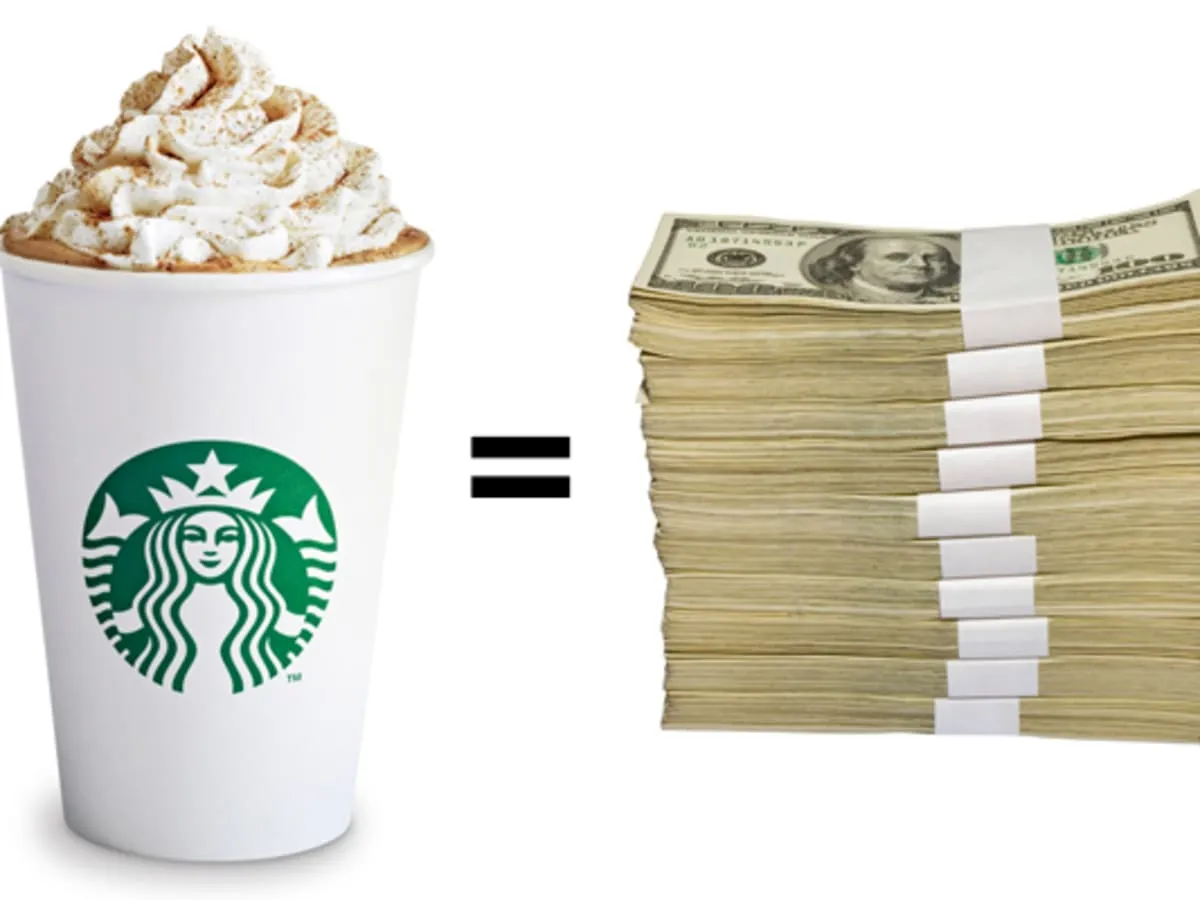Meme Coins Now Accepted at Starbucks, Millennials Panic Over Latte ROI
Introduction: Coffee Meets Crypto
In a groundbreaking fusion of retail convenience and digital finance, Starbucks has started accepting meme coins as payment for lattes, frappuccinos, and pumpkin spice specials. While crypto enthusiasts celebrated the symbolic mainstream adoption, millennials quickly panicked over the “latte ROI,” calculating whether spending 0.0002 Dogecoin on a caramel macchiato would be a better investment than holding the coin. Social media erupted with memes depicting anxious customers comparing coffee costs to potential crypto gains, highlighting the absurd yet fascinating intersection of culture, finance, and everyday life.
Meme Coins Enter Everyday Transactions
The pilot program allows customers to pay using popular meme coins such as Dogecoin, Shiba Inu, and lesser-known altcoins through integrated crypto wallets. Starbucks’ CFO described the initiative as both a brand engagement strategy and an experiment in digital finance literacy, providing real-world use cases for meme-based assets. Customers can scan QR codes at the counter, select their preferred coin, and watch volatile crypto values translate directly into steamed milk and whipped cream. Analysts note that while transaction volumes are modest, the cultural impact far exceeds traditional loyalty programs, generating viral attention and community engagement.
Millennials Panic Over Latte ROI
The phenomenon of calculating crypto gains from everyday purchases has become a social media sensation. Reddit threads like r/CryptoCoffee and Twitter hashtags such as #LatteROI feature memes of customers frantically checking real-time Dogecoin prices while ordering iced coffees. TikTok videos showcase baristas explaining price volatility mid-transaction, while anxious patrons debate whether a $5 latte is worth giving up potential future gains of 0.0003 Dogecoin. The humor is palpable, but the trend also illustrates a generational shift: millennials are merging consumption, investment, and social media performance into a single, anxiety-fueled lifestyle decision.
Market Reactions and Social Sentiment
Although Starbucks’ meme coin acceptance is symbolic rather than a market-moving event, it reflects a broader trend in digital finance. Meme coins have achieved growing legitimacy, with institutional interest in liquidity pools, staking, and microtransactions increasing across exchanges. Retail traders, particularly younger demographics, now evaluate both utility value and speculative potential in daily spending decisions. Analysts joke that Starbucks may have inadvertently created a “micro market” for meme coin derivatives, where each cappuccino influences price psychology, social engagement, and retail sentiment simultaneously.
Meme Culture and Financial Satire
The latte ROI panic provides fertile ground for financial satire. Memes depict baristas as trading bots, customers as panic-sellers, and iced drinks as collateralized derivatives. One viral tweet reads: “Bought a Frappuccino for 0.0002 DOGE, now my portfolio is in therapy.” Influencers blend coffee aesthetics with crypto analytics, turning café visits into miniature trading lessons. The interplay between humor, social media engagement, and finance reflects a unique cultural phenomenon: retail finance is now performative, meme-driven, and experiential, blending humor with real-world economic considerations.
Behavioral Finance Lessons
The latte ROI panic offers insights into behavioral finance. Microtransactions with meme coins teach younger investors about opportunity cost, market volatility, and decision-making under uncertainty. Consumers experience firsthand the trade-off between consumption utility and potential financial gain. The absurdity of calculating hypothetical crypto appreciation for a cup of coffee highlights cognitive biases, including loss aversion and overvaluation of small speculative assets. Observers note that this playful approach may improve financial literacy while providing a socially engaging, low-stakes environment for risk experimentation.
Institutional Observations and Broader Implications
The meme coin pilot has caught the attention of institutional analysts. Banks, fintech firms, and digital payment platforms are studying micro-adoption patterns to assess how speculative assets could integrate into mainstream retail. The experiment demonstrates that retail adoption of digital assets may rely as much on social engagement, brand visibility, and meme culture as on traditional market fundamentals. Exchanges and DeFi protocols are exploring partnerships with consumer brands, recognizing that micro-transactions can enhance liquidity, user retention, and cross-promotional opportunities.
Challenges and Considerations
While exciting, meme coin payments raise practical and regulatory considerations. Volatility creates accounting challenges for both consumers and merchants. Pricing updates must occur in real time to prevent overpayment or loss. Additionally, security and compliance are critical, as wallets must protect against hacking and fraud. Starbucks has committed to testing protocols for secure transactions and educating customers on crypto risks, ensuring that novelty does not compromise financial integrity. The pilot program also serves as a template for other brands exploring digital assets in everyday commerce.
Cultural Commentary: The Meme Economy in Action
The latte ROI craze exemplifies the meme economy, where humor, speculation, and social media converge with real-world markets. Millennials treat coffee purchases as performance art, blending finance, consumption, and online validation. The trend reflects broader shifts in economic behavior, highlighting the influence of social cues, online reputation, and entertainment on financial decision-making. It demonstrates that markets are not just governed by fundamentals, but also by cultural engagement, peer behavior, and humor-infused narrative.
Conclusion
Starbucks’ meme coin acceptance is more than a marketing gimmick; it is a cultural and financial experiment demonstrating how retail finance is evolving in the social media era. Millennials navigating latte ROI are learning micro-investment principles, risk management, and the emotional dynamics of speculative assets, all while enjoying a cup of coffee. Meme coins, once considered frivolous, are now integrated into everyday life, illustrating the playful, chaotic, and surprisingly educational nature of modern finance. In this environment, sipping your latte while watching crypto prices fluctuate is not just a routine; it is a performance, a lesson, and a glimpse into the future of participatory, meme-driven financial culture.




